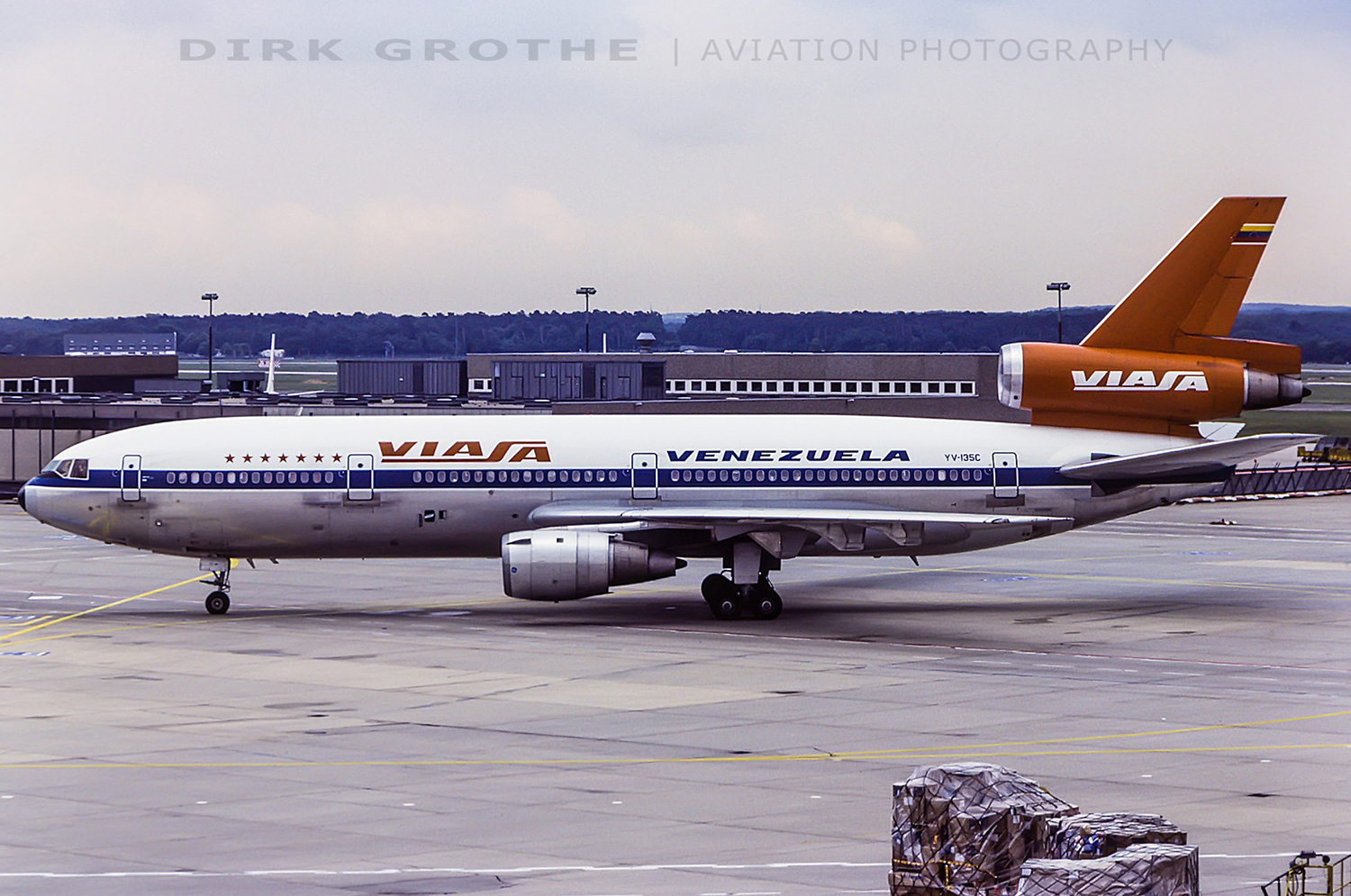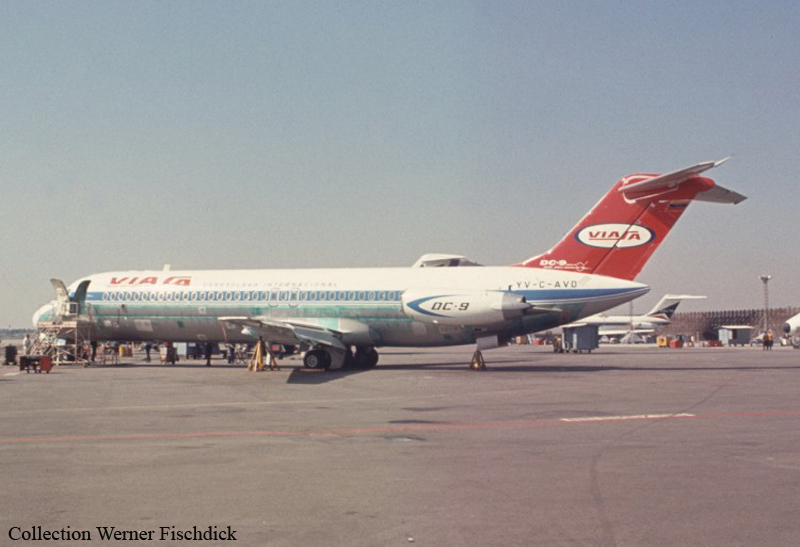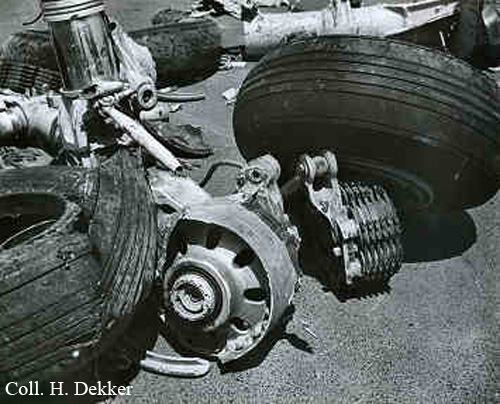Crash of a Douglas DC-10-30 in Buenos Aires
Date & Time:
Nov 26, 1993 at 0622 LT
Registration:
YV-135C
Survivors:
Yes
Schedule:
Caracas - Buenos Aires
MSN:
46971/258
YOM:
1978
Flight number:
VA940
Crew on board:
17
Crew fatalities:
Pax on board:
106
Pax fatalities:
Other fatalities:
Total fatalities:
0
Circumstances:
Following an uneventful flight from Caracas, the crew started the descent to Buenos Aires-Ezeiza-Ministro Pistarini Airport but encountered poor weather conditions with ceiling down to 800 feet, heavy rain falls and windshear. The aircraft landed 750-800 metres past the runway threshold and was unable to stop within the remaining distance (runway 35 is 2,800 metres long). It overran and while contacting soft ground, the nose gear collapsed and the aircraft came to rest 180 metres further. All 123 occupants evacuated safely and the aircraft was damaged beyond repair. At the time of the accident, the runway surface was wet and the braking action was reduced.




